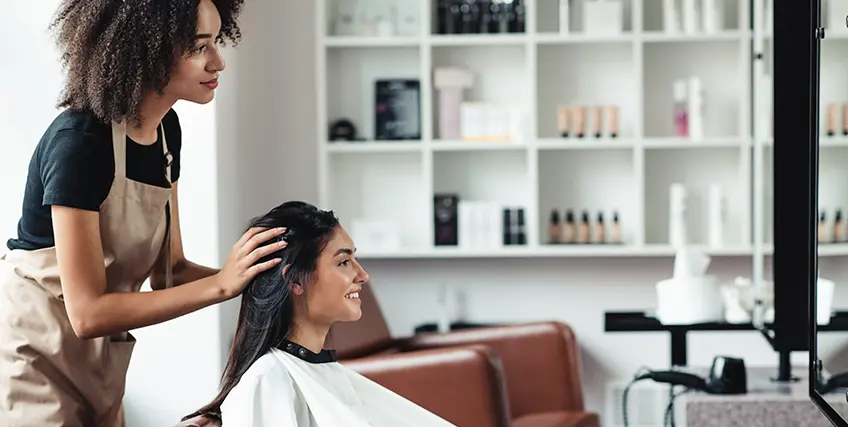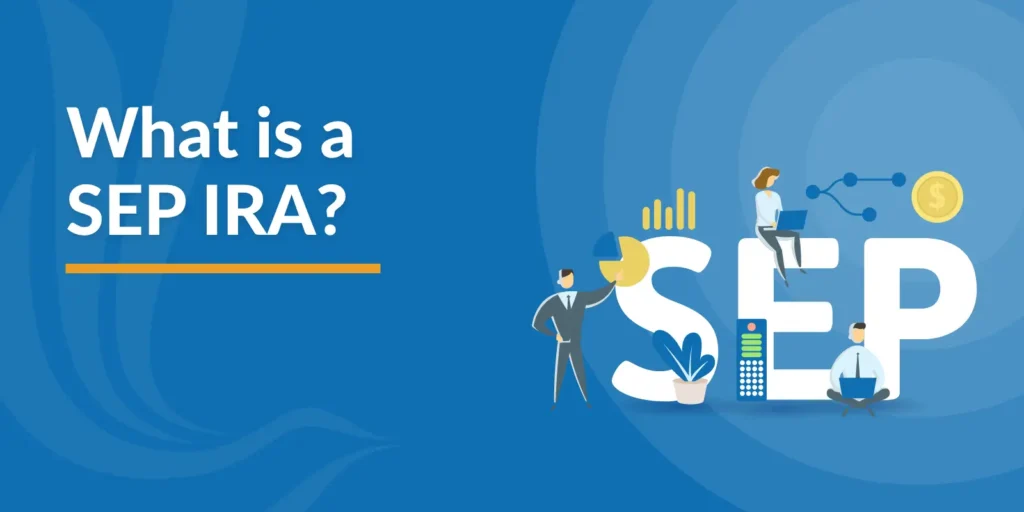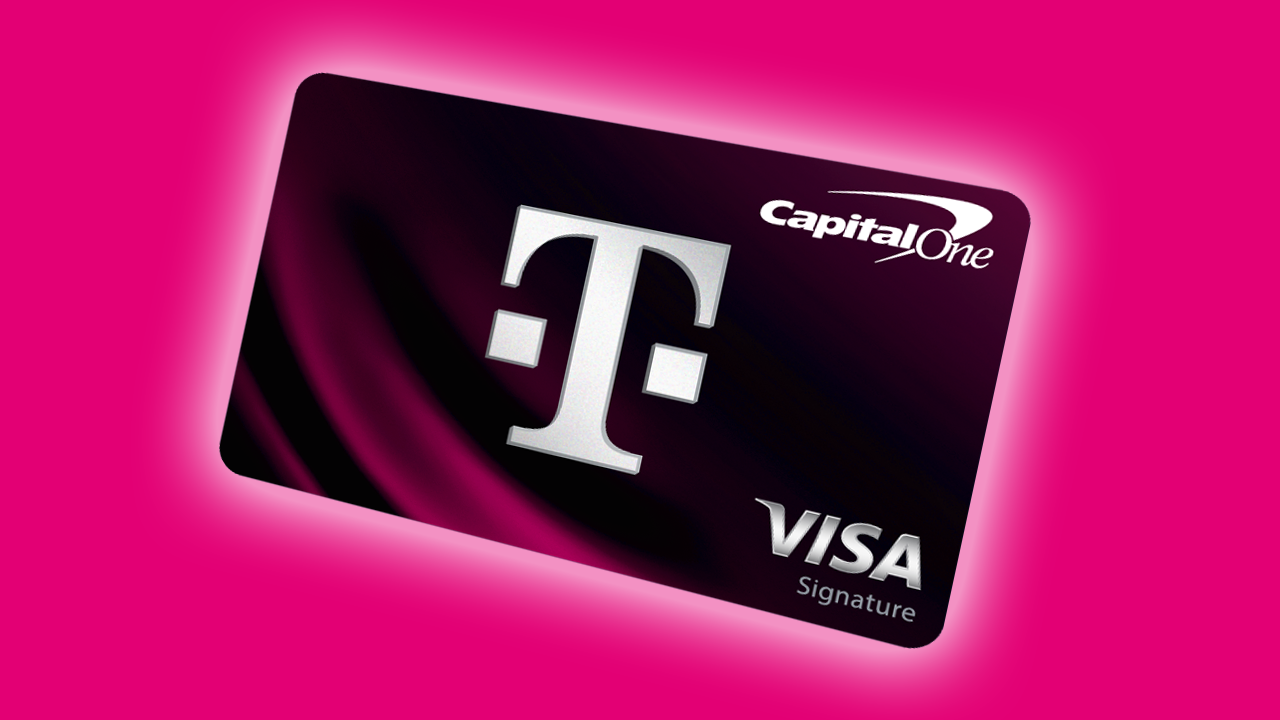The beauty salon and spa industry is a vibrant sector known for its growth potential and ability to offer essential services to a diverse clientele. Whether you’re starting a new salon or expanding an existing one, securing the right financing is crucial for growth and stability. In this article, we’ll explore some popular financing strategies tailored to beauty salon and spa owners so that you can have a clear understanding of the best options for your company.
Key Takeaways:
- Having a clear understanding of your company’s needs will help you choose the right type of financing.
- Explore traditional and alternative financing methods to find what suits your business best.
- Proactively plan your finances and seek professional advice to ensure long-term success.
In this article:
Understanding Your Financing Needs
Whether you’re starting your own beauty salon or expanding an existing spa, understanding your financial needs is the first step towards securing the financing necessary to take your business to the next level. The requirements differ based on whether you’re launching a new venture or scaling up your current operations.
For Startups
Starting a beauty salon or spa involves initial setup costs, including leasing space, purchasing essential equipment, and promoting your new business. You’ll need to budget for:
- Leasing Space: Estimate rental costs depending on your location and size preferences.
- Equipment: Allocate funds for chairs, tables, mirrors, and beauty tools needed for daily operations.
- Marketing: Plan for expenses related to creating a website, advertising locally, and promoting your services to attract customers.
- Initial Inventory: Set aside money for stocking up on beauty products and supplies to meet customer demand from day one.
For Expansions
Expanding a successful salon or spa requires funds for renovating existing facilities, adding new services, or even opening additional locations. Consider:
- Renovations: Budget for improvements to enhance customer experience and update your salon’s appearance.
- New Services: Allocate funds to introduce new treatments or services that can attract more clients.
- Additional Locations: If expanding geographically, factor in costs like leasing new space, duplicating equipment, and hiring additional staff to manage multiple sites.
Common Financial Challenges Faced by Beauty Salons and Spas
Running a beauty salon or spa comes with its share of financial hurdles, regardless of whether you’re starting or expanding:
- Cash Flow Management: Balancing income with ongoing expenses like rent, payroll, and inventory replenishment can be challenging, especially during slower months.
- Operational Costs: Covering day-to-day expenses such as utilities, maintenance, and regulatory compliance fees is essential for smooth operations.
- Equipment Investment: Investing in high-quality equipment is crucial for delivering top-notch services, but it can strain your initial budget.
- Staffing Costs: Hiring skilled professionals and providing continuous training adds to your operational costs, impacting your financial planning.
By accurately assessing your financial needs and preparing for these common challenges, you can better position your beauty salon or spa for success. Whether you’re just starting out or expanding, careful financial planning ensures you have the resources to deliver exceptional services and grow your business effectively.
Traditional Financing Options
Traditional financing options for beauty salons and spas offer advantages like access to substantial capital through bank loans or Small Business Administration (SBA) loans, enabling expansion or startup. However, they often require a solid credit history and collateral, which can be a barrier for new businesses. Here’s a breakdown of your options:
- Bank Loans: Traditional bank loans are a popular choice for financing beauty salons and spas. These loans come with fixed or variable interest rates and are typically repaid over a set period. To apply, you’ll need a solid business plan, financial statements, and good credit history. The benefits include lower interest rates and longer repayment terms compared to alternative financing options.
- SBA Loans: The Small Business Administration (SBA) offers government-backed loans designed to support small businesses. SBA 7(a) and 504 loans are suitable for beauty salons and spas, providing favorable terms and lower down payments. These loans can be used for various purposes, including purchasing real estate, equipment, or working capital.
Alternative Financing Strategies
Alternative funding options like Angel Investors, Venture Capital, and crowdfunding offer distinct advantages. But first, here’s a little more information about each type of strategy:
- Crowdfunding: Crowdfunding platforms like Kickstarter and Indiegogo let you raise funds from many people. This method is particularly effective for niche services or unique concepts that can attract community support. By creating a compelling campaign and offering rewards, you can generate the necessary capital without taking on debt.
- Angel Investors and Venture Capital: Finding investors who are interested in the beauty industry can provide significant funding for your salon or spa. Angel investors are individuals who invest in startups in exchange for equity, while venture capital firms offer larger investments with the expectation of high returns. Both options can provide not only financial support but also valuable industry expertise.
Angel Investors provide financial backing, valuable expertise, expertise and industry connections, fostering growth and credibility. Venture Capital offers significant capital injections for rapid expansion but often requires giving up equity and adhering to stringent growth expectations. Crowdfunding, while accessible and community-driven, requires a compelling pitch and diligent marketing efforts, but can also boost brand awareness and customer engagement. Each option suits different growth stages and strategic goals for beauty salons and spas.
Revenue-Based Financing
Revenue-based financing involves receiving funds in exchange for a percentage of your future revenue. This flexible financing option allows you to repay the loan based on your sales, making it suitable for businesses with fluctuating incomes.
This type of financing may be helpful for beauty salons and spas with consistent cash flow and growth potential. It provides quick access to capital without the burden of fixed monthly payments, allowing you to scale your business efficiently.
Leasing and Equipment Financing
Leasing equipment can be more cost-effective than purchasing, especially for high-cost items like salon chairs, spa beds, and specialized machinery. Leasing allows you to use the latest equipment without the upfront investment and includes maintenance in the lease agreement.
To secure equipment financing, you can approach banks, equipment financing companies, or leasing firms. You’ll need to provide financial statements, a business plan, and sometimes collateral. This financing option helps preserve cash flow and keeps your business agile.
Bootstrapping and Business Credit
Bootstrapping involves using personal savings or revenue generated from your business to fund operations. This method allows you to maintain full control of your business but requires careful financial management to avoid cash flow issues.
Establishing a strong business credit profile can open up additional financing options like lines of credit and invoice financing. These credit lines provide flexible funding to cover short-term expenses and manage cash flow effectively.
Grants and Competitions
Various grants are available specifically for beauty businesses, particularly for those owned by women or minorities. Researching and applying for these grants can provide funds to support your business. Grants can be found through government programs, industry associations, and private organizations. These funds can be used for a range of purposes, from startup costs to expanding existing operations. While the grant application process can be tedious, involving detailed proposals and specific eligibility criteria, the effort can be well worth it for the financial boost they can provide.
Participating in business competitions can also be a way to secure funding and increase visibility. Many competitions offer cash prizes, mentorship, and networking opportunities that can benefit your salon or spa.
Conclusion
Securing financing for your beauty salon or spa involves understanding your financial needs, exploring various funding options, and making informed decisions. By proactively planning your finances and seeking professional advice, you can ensure the long-term success and growth of your business. You can read examples of successful salon and spa businesses who used financing to grow here and here.
FAQ
What are the most common sources of financing for new beauty salons and spas?
Common funding sources for beauty salons and spas include bank loans, SBA loans, crowdfunding, angel investors, and revenue-based financing. Bank loans and SBA loans offer large sums but can be difficult to qualify for, while crowdfunding, angel investors, and revenue-based financing provide alternative options with varying degrees of investor involvement and repayment terms.
How can I improve my chances of securing a loan for my beauty salon?
Improving your credit score, preparing a solid business plan, and showing a clear revenue strategy can help you get a loan. Start by boosting your credit score, which lenders use to judge how well you handle money. A detailed business plan that explains your salon’s idea, who your customers are, how you stack up against competitors, and how much money you expect to make will also impress lenders.
Are there any grants available for women-owned beauty salons?
Yes, there are grants available specifically for women-owned beauty businesses that provide non-repayable funds. Research and apply for these grants offered by government agencies, private organizations, and industry groups to support your business growth without the obligation of repayment.
What should I consider before choosing to lease or buy spa equipment?
When deciding between leasing and buying spa equipment, consider factors like cost, maintenance, technology updates, and their impact on cash flow. Leasing offers lower upfront costs and flexibility for upgrading equipment as technology advances, while buying provides ownership and potentially lower long-term expenses, though it requires a significant initial investment and responsibility for maintenance.
How does revenue-based financing work and is it suitable for a spa?
Revenue-based financing offers funds in exchange for a portion of future spa revenue, tailored to fit businesses with stable cash flow and growth potential. It provides flexible repayment terms based on monthly sales, making it advantageous during periods of fluctuating income compared to traditional loans with fixed schedules.
Learn about the Biz2Credit financing process
Publisher: Source link











